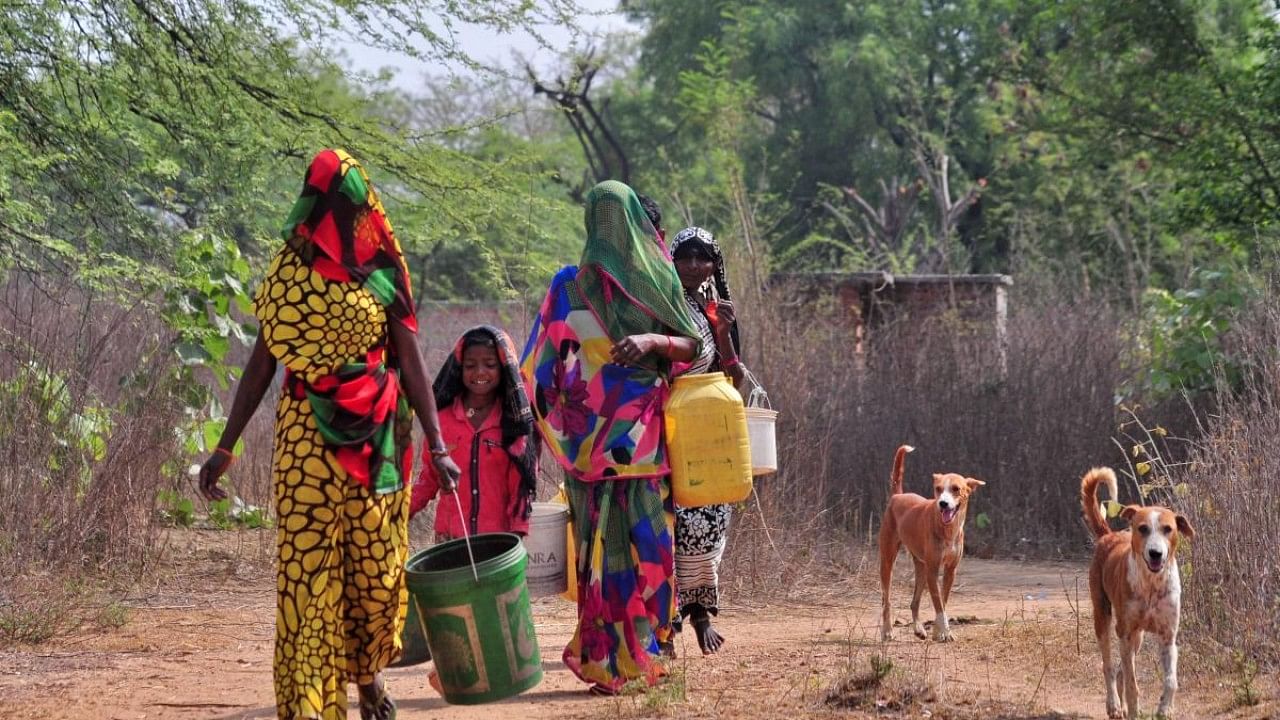
The Karnataka Cabinet on Thursday cleared a proposal to regularise lakhs of unauthorised private properties in rural areas by levying a fee for every square foot.
With this, lakhs of properties with various levels of violations can come under e-Swathu, the official rural property database, making them eligible for registration and bank loans.
At the moment, authorities are unable to bring unauthorised rural properties under e-Swathu in order to issue Forms 9 and 11, which are essentially instruments to collect property tax. At present, unauthorised rural properties are given Form 11B for the purpose of taxation. Once citizens get the Forms 9 and 11, their properties become marketable, a senior official from the Rural Development & Panchayat Raj (RDPR) department said.
"This is a liberalisation regime," the official explained. "To give forms 9 and 11 under e-Swathu, we need the title document, conversion orders and the layout approval. We're now saying that forms 9 and 11 can be given with some compounding fees as long as there's a title document and road access to the property without any encroachment," the official said.
Under the proposed scheme, five categories of properties that can be regularised: irregular properties outside local planning area and gramatana; sites on private lands; buildings in layout sans approval and conversion order; sites in layouts sans approval and conversion order; sites on private land outside gramatana that have a conversion order, but not layout approval.
In January 2017, the Supreme Court stayed the Akrama-Sakrama scheme that sought to regularise unauthorised urban buildings for a fee. To steer clear from this, the proposed regularisation will not cover rural properties that come under the jurisdiction of local planning authorities (such as the BDA or BIAAPA).
DH had reported in November 2021 that a Cabinet sub-committee to decide on this issue was in favour of regularising unauthorised rural properties.
The per-square foot regularisation fee ranges from Rs 3-6 depending on the size of the property, making it a potential money-spinner for the government.
